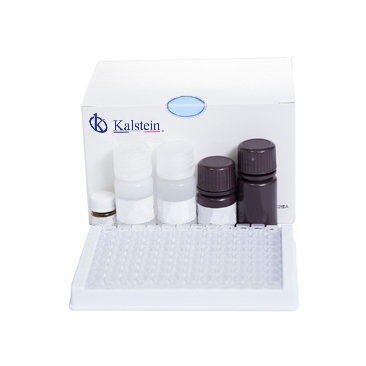Blood reagents are an important tool for diagnosing disease and monitoring a person’s health status. Blood tests are used to evaluate basic indices of body fluids and their composition, such as electrolyte content, red blood cells, white blood cells and enzymes, as well as to identify the presence of pathogens. Physicians and healthcare professionals rely on the collection of blood samples for screening and diagnostic purposes to determine critical diseases or conditions.
For good clinical diagnosis, medical professionals and laboratories use a variety of blood reagents. These reagents, or tests, are often classified by the type of sample and organism to which they are directed. For example, blood products used for the detection of bacteria, viruses and parasites are referred to as “microbiological”. Reagents for the detection of metabolites, lipids and certain toxic compounds are termed “biochemical”. Finally, reagents for monitoring certain proteins and blood cells are called “immunological”.
What does the success of a blood reagent test depend on?
The success of any diagnosis depends on the blood reagents that healthcare professionals are using and the critical values. Critical values refer to blood test results that are outside normally accepted limits. Understanding critical values is important in order to accurately diagnose a critical disease or condition. For example, if a patient has a low white blood cell count, this may indicate a serious infection that requires prompt medical attention.
Blood reagent results, as well as critical values, vary from person to person and therefore medical professionals must take into account several factors, including the patient’s general health, age, gender and heredity. These variables can affect blood reagent results and therefore medical professionals must take these factors into account when determining which blood reagents to use and what critical values to consider for each patient.
Why is it important to properly interpret blood test values?
Blood reagent results can sometimes differ from normal levels, especially if a patient is taking prescription medications or is receiving medical treatment for a condition. Medical professionals should understand how this can affect blood test results and whether or not the results are indicating a critical condition. Consequently, diagnosis requires an overall understanding of the patient, not just the blood test result itself.
In addition to understanding the critical values, healthcare professionals should be familiar with the basic biology of body fluids. This will help them understand what is influencing their test results and how they can use blood reagents to get the best results. It will also help them to detect any abnormalities in the results, which will allow them to examine the patient in more detail and more accurately determine the correct treatment for the patient.
By understanding the critical blood reagent values, healthcare professionals have the ability to quickly identify a health problem and help the patient recover faster. Knowledge of critical blood reagent values will help healthcare professionals provide the best diagnoses and treatments for their patients. This will help them make the correct diagnosis to help prevent complications later on. Therefore, understanding the critical values of blood reagents is a critical part of a good diagnosis.
Supporting diagnosis with Kalstein blood reagents
The timely diagnosis of conditions in people often requires the use of blood reagents, such as those produced by the manufacturer Kalstein, which are widely used in various clinical laboratories in screening tests. Some tests for liver function, kidney function and blood cell counts are possible with these reagents. To purchase any of our products, and for detailed pricing and purchasing information, click on the following links HERE and HERE.

